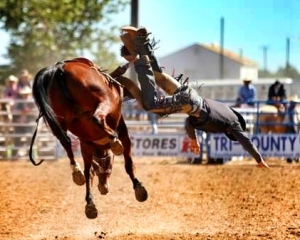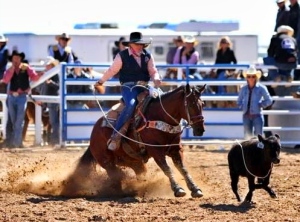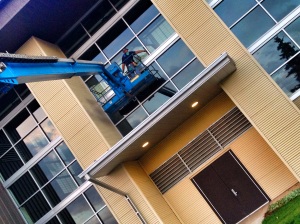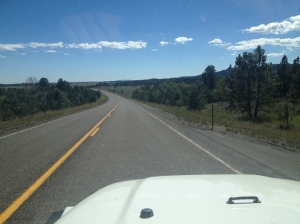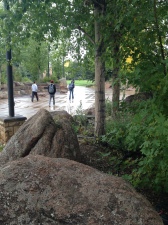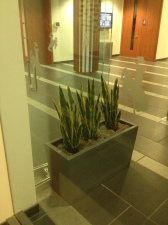
Photo by Barstow Rodeo Stampede
Video by dLife
“If you shoot for the moon and miss, you’re still amongst the stars.” – Les Brown
This is a quote that four time world champion steer wrestler Luke Branquinho uses to motivate himself. He not only uses it to motivate himself in the rodeo arena but 33-year-old Branquinho uses it to persevere through his type 1 diabetes. According to the Juvenile Diabetes Research Foundation (JDRF), there are over three million Americans that have type 1 diabetes. As a professional athlete, Branquinho has been given the opportunity to make an impact in the lives of diabetics and serve as a role model.
Luke’s life with diabetes: “Taking Life by the Horns.”
“I was driving home and started seeing double on oncoming traffic,” said Branquinho. He was an 18-year-old college freshman, was recovering from a recent shoulder surgery and was diagnosed with type 1 diabetes. He was diagnosed with a blood glucose reading of 950mg, compared to a normal blood glucose reading of 100mg.
This California cowboy was born in Santa Maria, Calif., attended college in Coalinga, Calif. and currently resides in Los Alamos, Calif. Branquinho was raised with two older brothers, Tony and Casey. He grew up playing baseball and competing in the sport of rodeo.
“My parents have always been there to support me, and they were instrumental in helping me overcome the initial obstacles diabetes placed in my life,” said Branquinho. In some cases, diabetes is passed down through genetics; this was not necessarily the case for the Branquinho family.
“My mom’s great aunt was one of the first diabetics to receive insulin injections,” said Branquinho. His great uncle would drive to the slaughterhouse and draw insulin from the livestock’s pancreas to make the injections. Fortunately, over the past few decades, technology advancements have made it a lot easier for diabetics, like Branquinho, to receive their medicine and stay healthy. Branquinho’s third cousin was also diagnosed with type 1 diabetes. He remembers her giving herself shots and pricking her finger. Branquinho was aware of the disease, but he now had to learn how to keep himself healthy and maintain his livelihood of competing in the sport of rodeo.
“When I was diagnosed they gave me a healthy diet and taught me how to inject myself with a needle,” said Branquinho. But it took him a few days to feel comfortable giving himself an insulin shot.
“Managing diabetes is a challenging task,” said Branquinho. He is connected to a Dexcom Continuous Glucose Monitor, an insulin pump and he tests his blood sugar throughout the day. But with the support of his friends and family he is able to “take life by the horns” and live a life doing what he loves.
“The Branquinho Family”
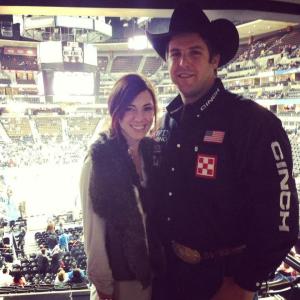
Photo by Luke Branquinho Facebook Fan Club: Luke and wife Lindsay.
Luke met his wife Lindsay in 2003. They married on November 27, 2004. They have two sons, Mark Cade (born June 7, 2008) and Jameson (July 15, 2010.) According to an article written by an Epidemiologist at Harvard School of Public Health, he states, “If the father has type 1 diabetes, the risk is about 1 in 10 (10 percent) that his child will develop type 1 diabetes.”
“The fear of our kids being diagnosed with diabetes was never a concern,” said Branquinho, “With technology now a days you can learn to live with it and learn how to deal with it.”
Branquinho travels 300 days a year competing in Professional Rodeo Cowboys Association (PRCA) rodeos. In his free time he enjoys hunting, fishing, golfing, spending time with his boys and helping his wife run their business “Lady Bug Boutique.”
“Shoot for the Moon!” Advice from Branquinho
“When I was diagnosed, human nature made me think ‘my life is over,’ I thought I was done competing in rodeo,” said Branquinho. It didn’t take long for him to realize that he was able to live his life competing in rodeo and managing his diabetes.
“Managing diabetes is just like doing chores, you have to learn how to complete your chores every day and live with it,” said Branquinho. That is the advice he gives to diabetics. He lives his life just as a normal human being. “It doesn’t matter whether I am a professional or not, I have to take care of myself to stay healthy.”
Many people recognize Branquinho for his “booty shake” that he performs after a fast steer wrestling run. However, there is much more about this national champion steer wrestler that makes him a leader inside and outside of the arena.

Photo by Mike Copeman: Branquinho Shake
Video by YouTube: Branquinho Shake
Following Branquinho’s Path
There are many people in this world that look to Branquinho as a role model. What makes this role model unique is his ability to advocate for juvenile diabetes and promote the sport of rodeo through his hard work ethic, his family oriented values and his ability to overcome any obstacle placed in his life.
Austin Reese, seven years old, is a Casper, Wyo., cowboy that looks up to Branquinho. He has been a fan of Branquinho’s since he was two. Reese knows where he is competing, where he is sitting in the PRCA standings and hopes one day he will be competing at the professional level like Branquinho.
“Luke knows how to get it done,” shares Reese, “He has really nice horses, and he works hard.” His father described that every chance Reese gets he will spend hours watching Branquinho compete.

Austin Reese
“He is a great role model and has taught Austin to work hard and keep his eye on the prize,” said Reese’s father. Branquinho is a role model for cowboys hoping to compete at the national level, but he is also a role model for juvenile diabetics. Wayne Foster, 24 years old, shares how Branquinho has been motivation for him to manage his diabetes and continue to work hard in his life.
“I was diagnosed at age 7,” said Foster, “Diabetes can be challenging, but to watch Branquinho manage his diabetes as a professional athlete motivates me to continue managing my diabetes.” This motivation has helped Foster become a hard working man and a role model for other juvenile diabetics.
What’s next for Branquinho?
Five years from now, Branquinho pictures himself spending time on his ranch and working cows. Managing his diabetes will be a lifelong “chore” that he will accomplish every day. He enjoys when people keep updated with what he is doing; from managing his diabetes to qualifying for the National Finals Rodeo. You can do this by following his Facebook Fan Club Page, and staying updated on the PRCA website.



